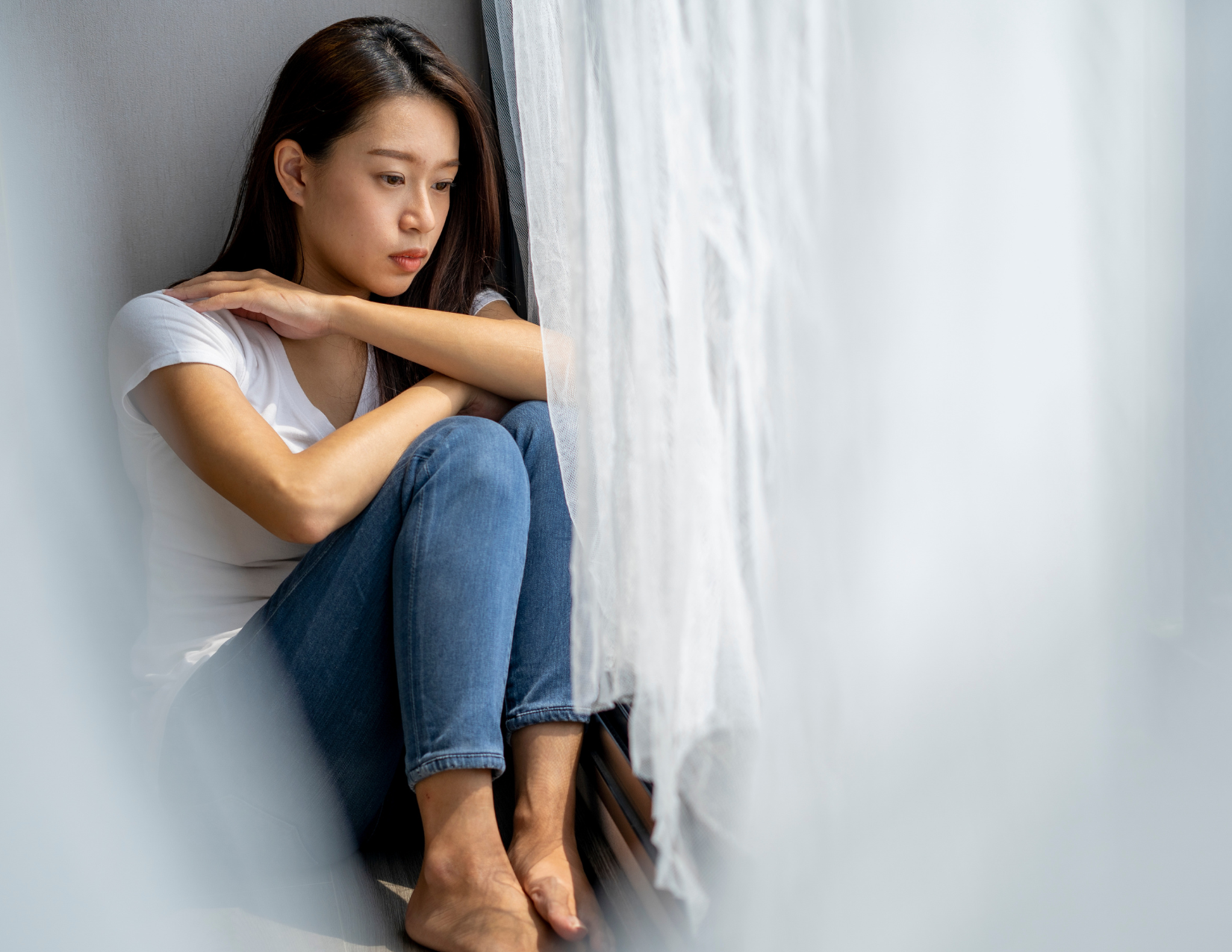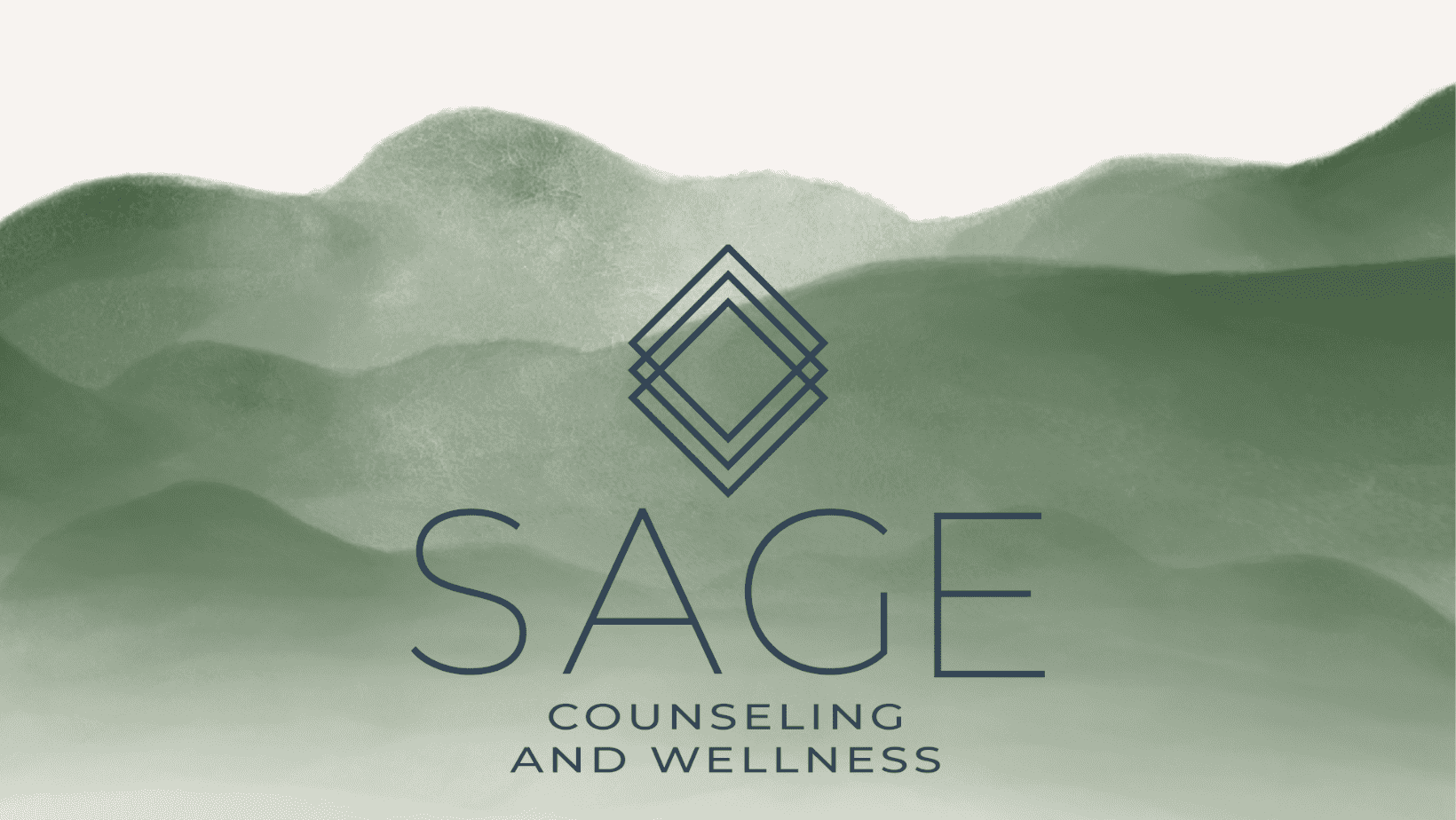
5 Ways to Prepare for the Onset of Seasonal Depression
This post may contain affiliate links, which means we may receive a commission, at no extra cost to you, if you make a purchase through a link. Please see our full disclosure https://sagecounselingtherapyandwellness.com/disclosure-privacy-policy-terms-of-use/ for further information.
Autumn is finally here! It’s the season for carving pumpkins, cozy baking, and prepping for the upcoming holidays. But amid all this excitement looms a condition that many individuals dread around the winter months: Seasonal Affective Disorder (also known as Seasonal Depression). This disorder can leave you feeling exhausted, down, and unmotivated. The good news is that some ways may help you prepare for the onset of Seasonal Depression and possibly prevent it from drastically affecting your life. Autumn is the perfect time to start implementing these healthy habits. Keep reading to learn more!
What is Seasonal Affective Disorder (Seasonal Depression)?
Seasonal Affective Disorder, also sometimes called the “winter blues,” is a mental health condition affecting about 5% of Americans that occurs during the winter months when there is less daylight and the weather gets colder (UC Davis, 2023). Although it is most common in the winter, some individuals experience symptoms starting in Autumn, when the weather starts to get chillier. This condition can cause symptoms such as feeling depressed, losing interest in hobbies, fatigue, excessive sleeping/napping, and difficulty concentrating (Mayo Clinic, 2021). Although there’s no perfect and guaranteed way to prevent Seasonal Depression altogether, practicing certain steps as early as possible may reduce the severity of symptoms.
5 Tips for Preventing and Managing Symptoms of Seasonal Depression
1. Try to stick to a normal, healthy sleep schedule. Sleeping too much is a common symptom of Seasonal Depression. You may think that getting a lot of sleep will help you feel more energized, but it can actually make you feel more exhausted and unmotivated. People with Seasonal Depression often feel the need to nap throughout the day because they struggle to fall asleep at night (American Academy of Sleep Medicine, 2007). This can make them more sluggish throughout the day. Although it may be hard at first, try your best to stick to a normal and healthy sleep schedule in which you get about 8 hours of quality sleep each night and minimize napping during the day. Those who struggle with falling and staying asleep will likely benefit from turning off all electronics at least an hour before bed, practicing mindfulness or meditation at night, and investing in sleep aids like an eye mask. If you feel like you must take a nap during the day, try to only take a short, 30-minute one. You may feel extra tired as you’re first trying this out, but eventually, you’ll start getting used to this new sleep schedule.
2. Invest in light therapy. There are special lamps known to be highly effective in reducing the symptoms of Seasonal Depression (Harvard Health, 2022). These lamps mimic the sun’s natural rays. Sitting near them for just 30 minutes every morning can help reduce the symptoms of both Seasonal Depression and normal depressive disorders. Some psychology professionals even say that they have a similar effectiveness to antidepressant medications.
3. Exercise outside as much as possible. Exercising regularly can make a huge impact on reducing symptoms of all types of depression. This is because moving your body releases “feel-good” hormones in your body, boosting your mood and energy levels (NHS, 2022). Additionally, exercising outside can create even better effects, as being outdoors can help promote feelings of calm, mindfulness, and happiness. Remember to take things slow, especially if you aren’t used to exercising regularly. During the Autumn months, when it’s not too cold, try committing to the habit of taking a daily walk around your neighborhood or a local park. Once you get used to this, you can incorporate other exercises, like running, weight-lifting, or yoga. Even though outside exercise has great benefits, indoor exercises can still help improve your mood and manage your depression symptoms. Once it gets too cold to exercise outside, consider at-home workouts or joining a gym.
4. Stay connected with loved ones. Depression of all kinds can make us feel isolated and less motivated to spend time talking with loved ones. As mentioned earlier, a common symptom of Seasonal Depression is a lack of interest in hobbies you used to enjoy. This can make you feel even more lonely, as many hobbies have a social aspect. To combat this, make an effort to talk to at least one loved one every day, even if that’s just through texting or a phone call. This will help you stay connected and give you a chance to talk about how you’re feeling. You may feel surprised by how many people are going through something similar.
5. Seek support from a mental health professional. Remember, you never have to go through Seasonal Depression or any other mental health concerns alone. Never hesitate to reach out to a mental health professional, like a therapist or psychiatrist, if you could use some support. Mental health professionals can meet you where you are in your mental health journey and work with you to create a personalized care plan geared toward your exact situation. They may be able to offer some coping skills you’ve never considered before that can help improve your Seasonal Depression.
Seasonal Depression can be difficult to cope with. But by practicing healthy and preventative habits early, you may be able to reduce your symptoms significantly. This Autumn, let’s make a point to find what techniques work best for combating your Seasonal Depression. This way, you can transition into the Winter months without excess stress and look forward to all the fun Winter festivities!
To discuss how therapy could help you during this season of your life, please contact me or schedule your free 15-minute consultation.
References:
UC David Health. (2023, November 29). Seasonal affective disorder, winter blues and self-care tips to get ahead of symptoms. UC Davis. https://health.ucdavis.edu/blog/cultivating-health/seasonal-affective-disorder-winter-blues-and-self-care-tips-to-get-ahead-of-symptoms/2023/11
Mayo Clinic Staff. (2021, December 14). Seasonal affective disorder (SAD). Mayo Clinic. https://www.mayoclinic.org/diseases-conditions/seasonal-affective-disorder/symptoms-causes/syc-20364651
Corliss, J. (2022, October 28). Light therapy: Not just for seasonal depression? Harvard Health. https://www.health.harvard.edu/blog/light-therapy-not-just-for-seasonal-depression-202210282840
NHS. (2022, September 7). Exercise for depression. NHS. https://www.nhs.uk/mental-health/self-help/guides-tools-and-activities/exercise-for-depression/
Want to read more? Here are a few related blog posts you may be interested in checking out!





0 Comments